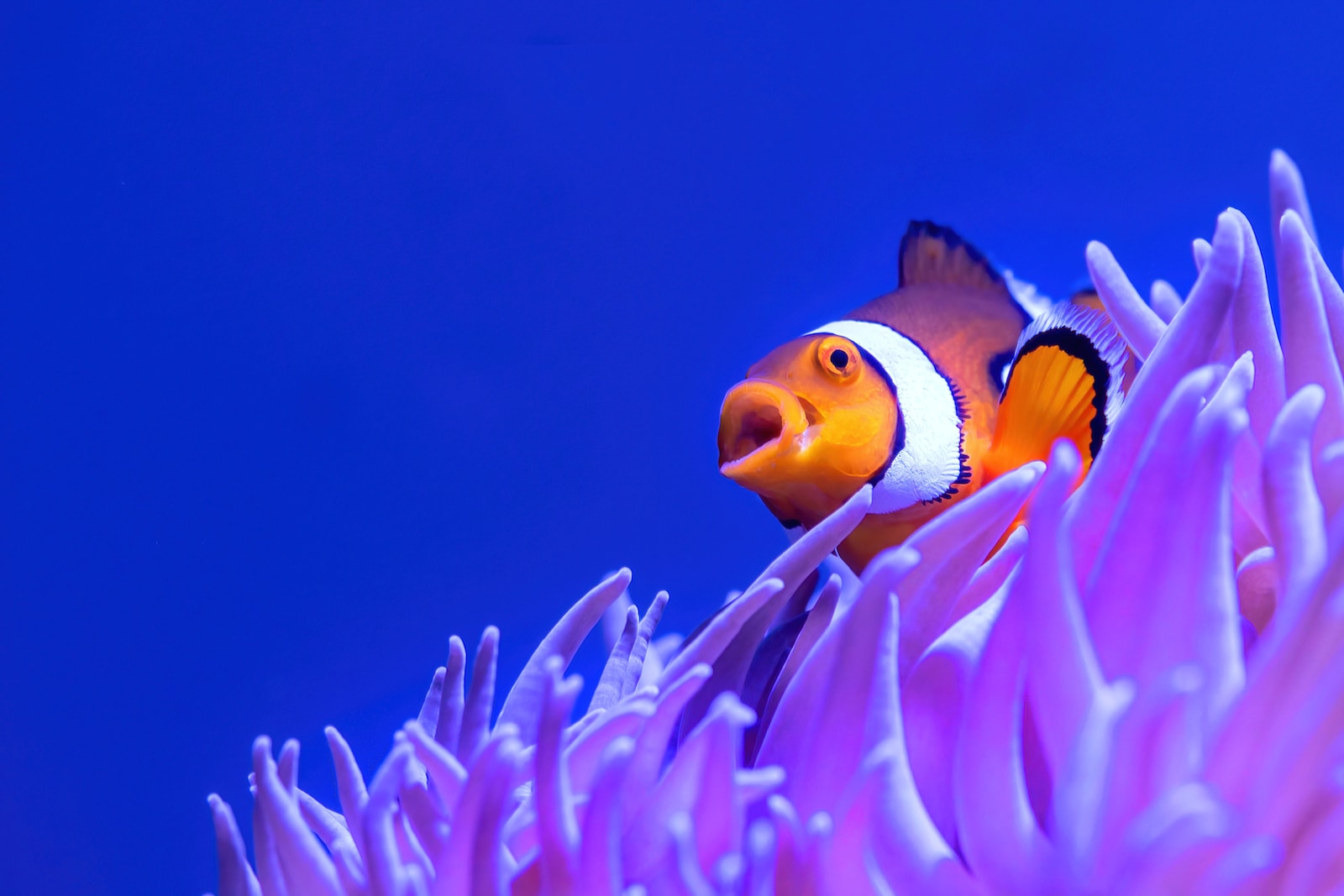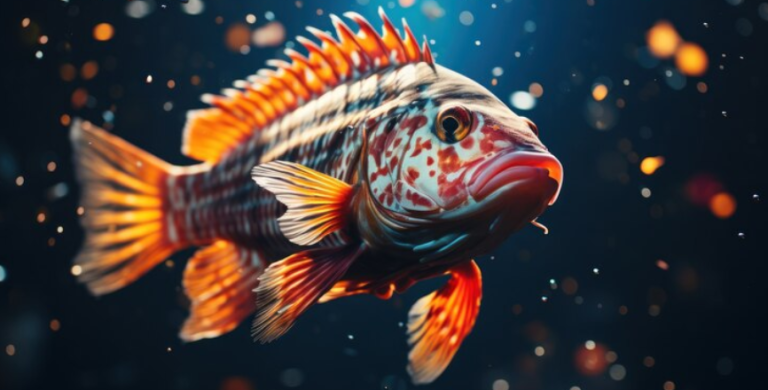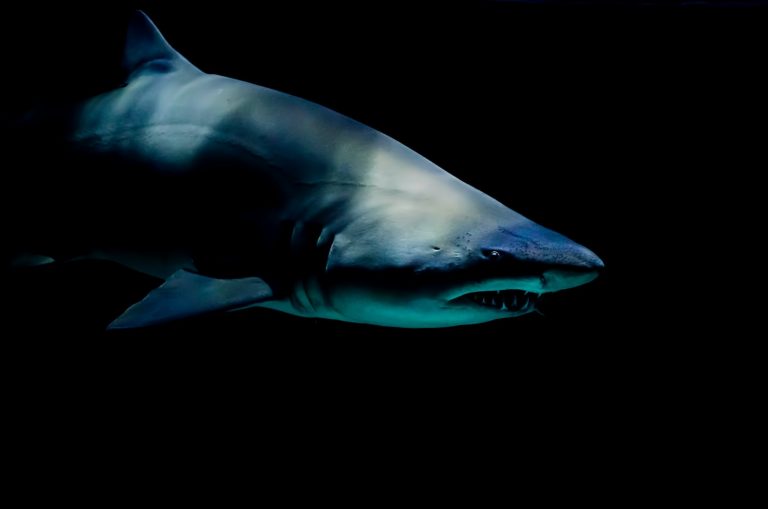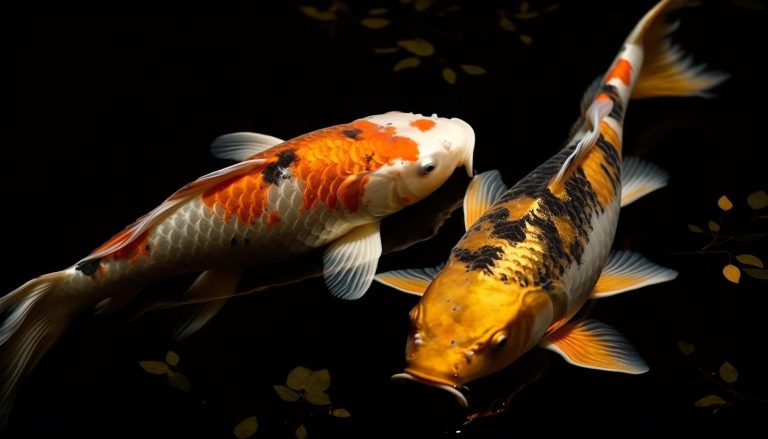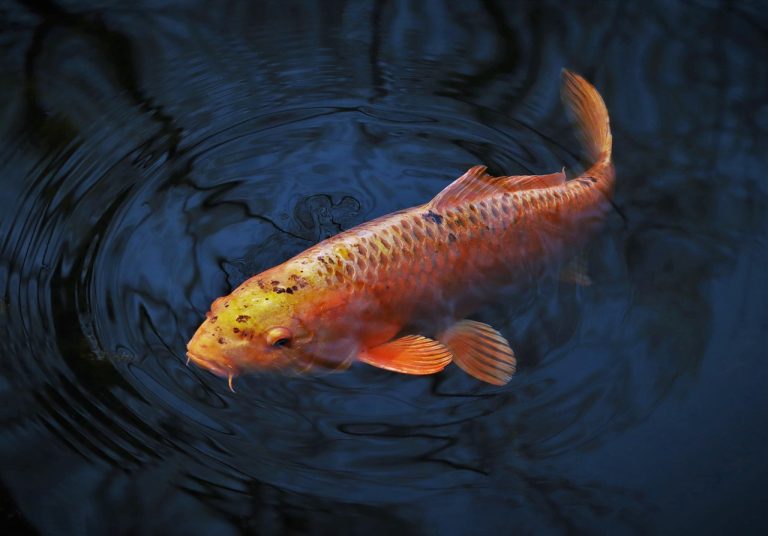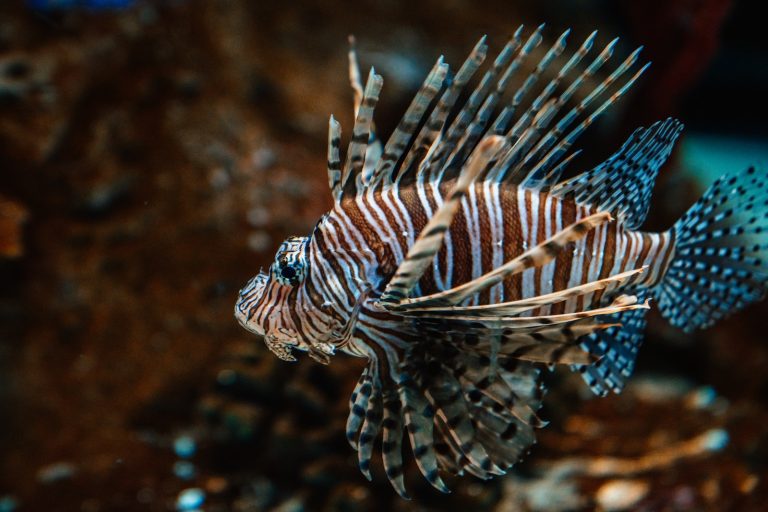The underwater world never ceases to amaze us with its vibrant colors, exotic creatures, and intriguing behaviors. Among these fascinating marine denizens, clownfish stand out as some of the most captivating. Their vibrant colors and quirky personalities have captured the hearts of marine enthusiasts and moviegoers alike. But today, we’re here to explore a question that might have crossed your mind: “Do female clownfish eat their eggs?”
In this article, we will dive deep into the world of clownfish, exploring their unique reproductive habits complex parenting strategies, and dispelling some common misconceptions. So, buckle up your imaginary scuba gear, and let’s plunge into the fascinating life of clownfish!
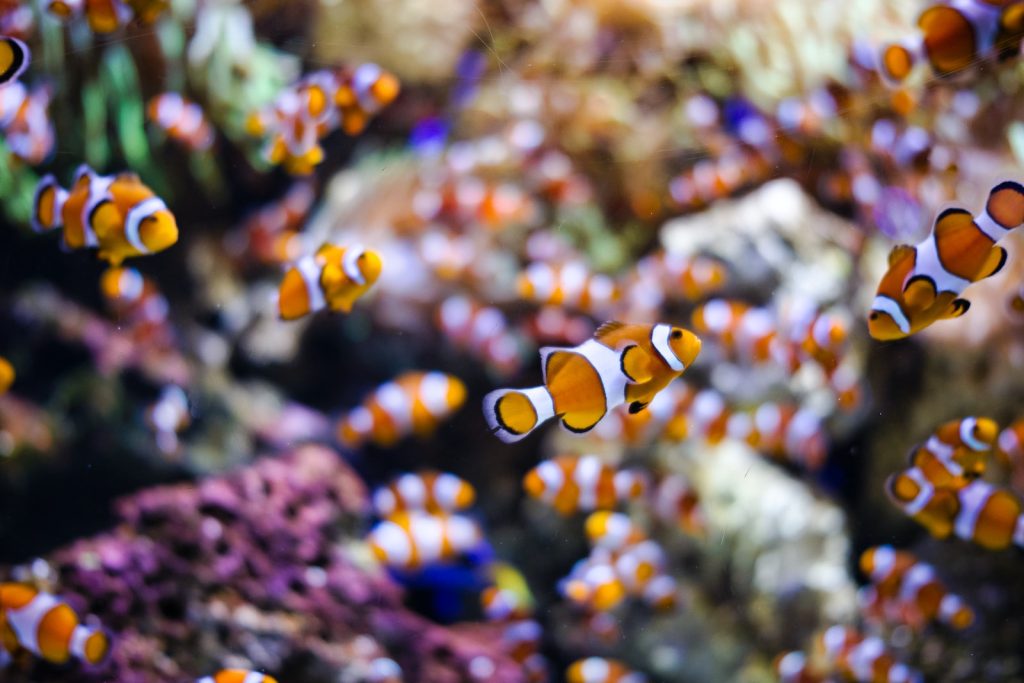
The Intricate World of Clownfish Reproduction
To answer the burning question about female clownfish and their eggs, we first need to understand the intricate steps of their reproductive cycle. Clownfish have a rather peculiar approach to love and parenthood.
The clownfish world is all about monogamy with a twist. Each group of clownfish consists of a dominant female and a smaller male. When it’s time to start a family, the female lays her eggs on a flat surface near the protective embrace of their sea anemone home. This is where things start to get interesting.
Do Female Clownfish Eat Their Eggs?
Yes, female clownfish lay eggs, but the question is whether they devour them afterward. Let’s find out.
The Protector of the Eggs
So, do female clownfish indulge in some post-egg-laying snacking? The short answer is no. They exhibit remarkable maternal care.
Once the eggs are laid, the male clownfish takes on the role of protector. He diligently guards the precious clutch of eggs, fanning them with his fins to ensure a constant flow of oxygen and using his body to shield them from potential threats.
Meanwhile, the female assumes the role of sentinel, patrolling the area around the nest and fiercely warding off predators. It’s a coordinated effort to safeguard their offspring, a beautiful dance of dedication and partnership.
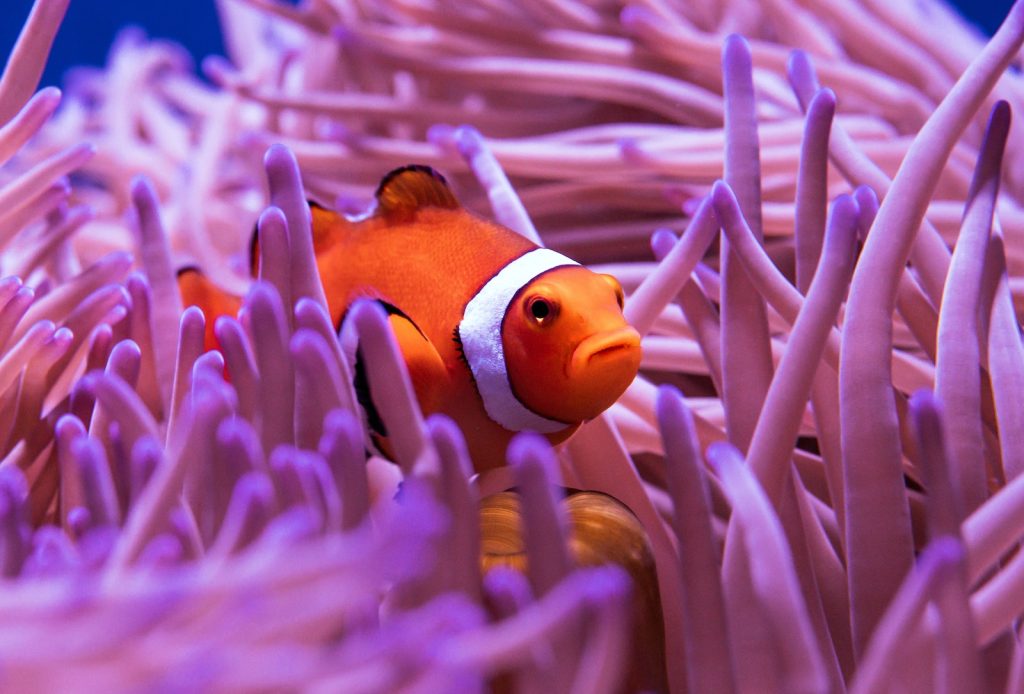
When Things Get Confusing
But here’s where the confusion about female clownfish and their eggs arises. Sometimes, the female might consume some of the eggs under specific circumstances. Before you gasp in shock, let’s understand why.
Dispelling Misconceptions
This egg-eating behavior isn’t an act of parental negligence or cruelty. Instead, it’s a biological necessity. If some eggs become infected or diseased, the female may consume them. This act might seem counterintuitive, but it’s a strategy to prevent the spread of illness to healthy eggs.
Essentially, it’s a form of quality control, ensuring that the strongest and healthiest offspring have the best chance of survival. Nature can be both brutal and brilliant in its strategies.
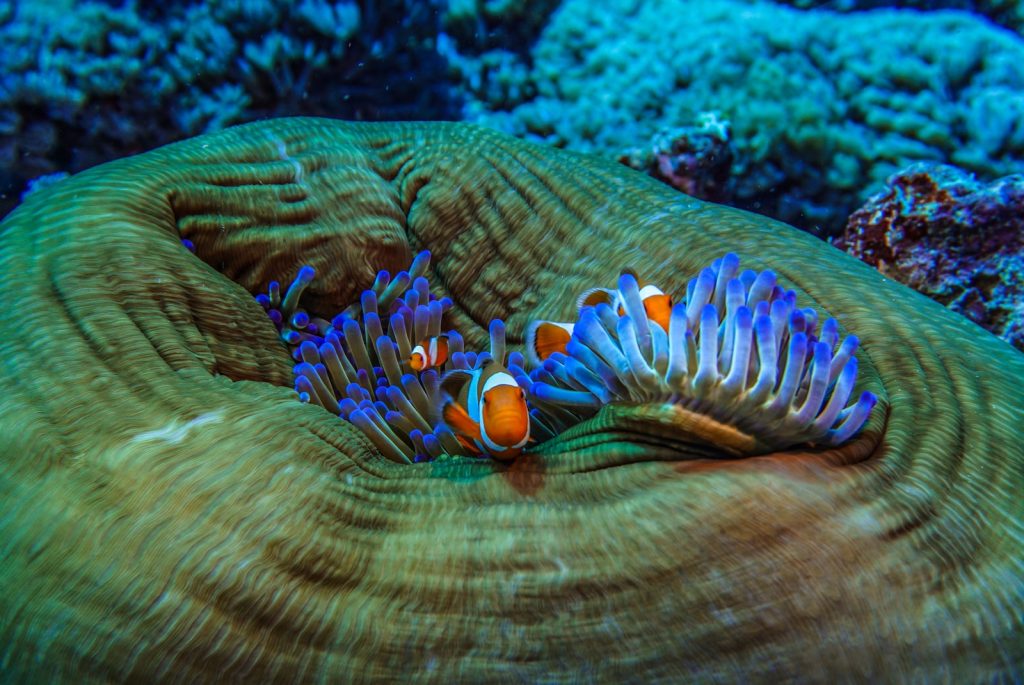
Clownfish Egg Facts
Now that we’ve cleared up the confusion surrounding female clownfish and their eggs let’s delve into some interesting facts about these precious little orbs:
Egg Quantity
A female clownfish can lay a few hundred to over a thousand eggs in a single clutch, depending on age and size.
Parental Bond
Most clownfish species, including the iconic orange clownfish (Amphiprion percula), display similar parenting behaviors. It’s a testament to the strength of their bond.
Gender Fluidity
In the absence of a female, the dominant male in a group of clownfish can undergo a sex change and become a female. Talk about adaptability!
Hatching Time
Clownfish eggs typically hatch in about 6 to 10 days, depending on temperature and water quality. Patience is key in the underwater nursery.
Conservation
While some clownfish species face habitat destruction and climate change threats, many are still relatively abundant in the wild. Conservation efforts are crucial to their survival.
Anemone Optional
In captivity, clownfish can adapt and live without anemones. However, they rely on these stinging creatures in the wild for protection.
In Conclusion
As we wrap up our exploration of the question, “Do female clownfish eat their eggs?” we’ve uncovered the intricate and fascinating world of clownfish reproduction and parenting. While it is true that, under certain circumstances, female clownfish may consume some of their eggs, it’s not the norm. Instead, these remarkable fish exhibit a level of dedication and care that ensures the survival of their offspring in the ever-changing, sometimes harsh, underwater environment.
So, the next time you find yourself gazing into the enchanting world of clownfish, watching their playful antics in their anemone homes, you can appreciate the love and commitment that go into ensuring the future generations of these beloved ocean inhabitants.
And there you have it—a glimpse into the wonders of the sea, where even the smallest creatures hold secrets and surprises waiting to be discovered.
